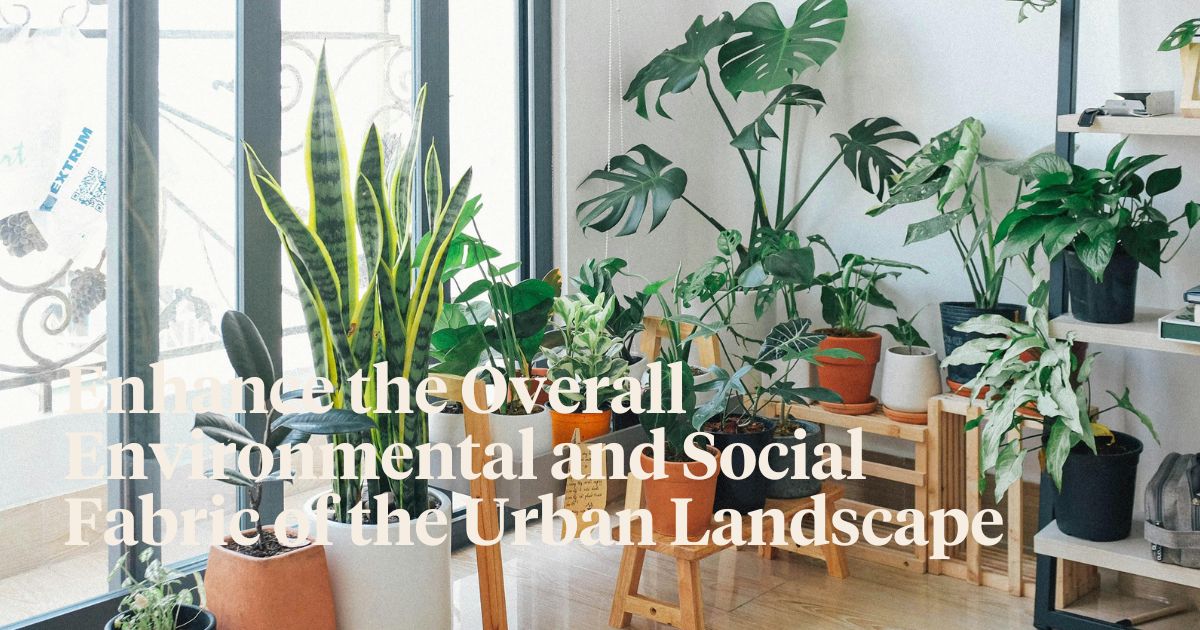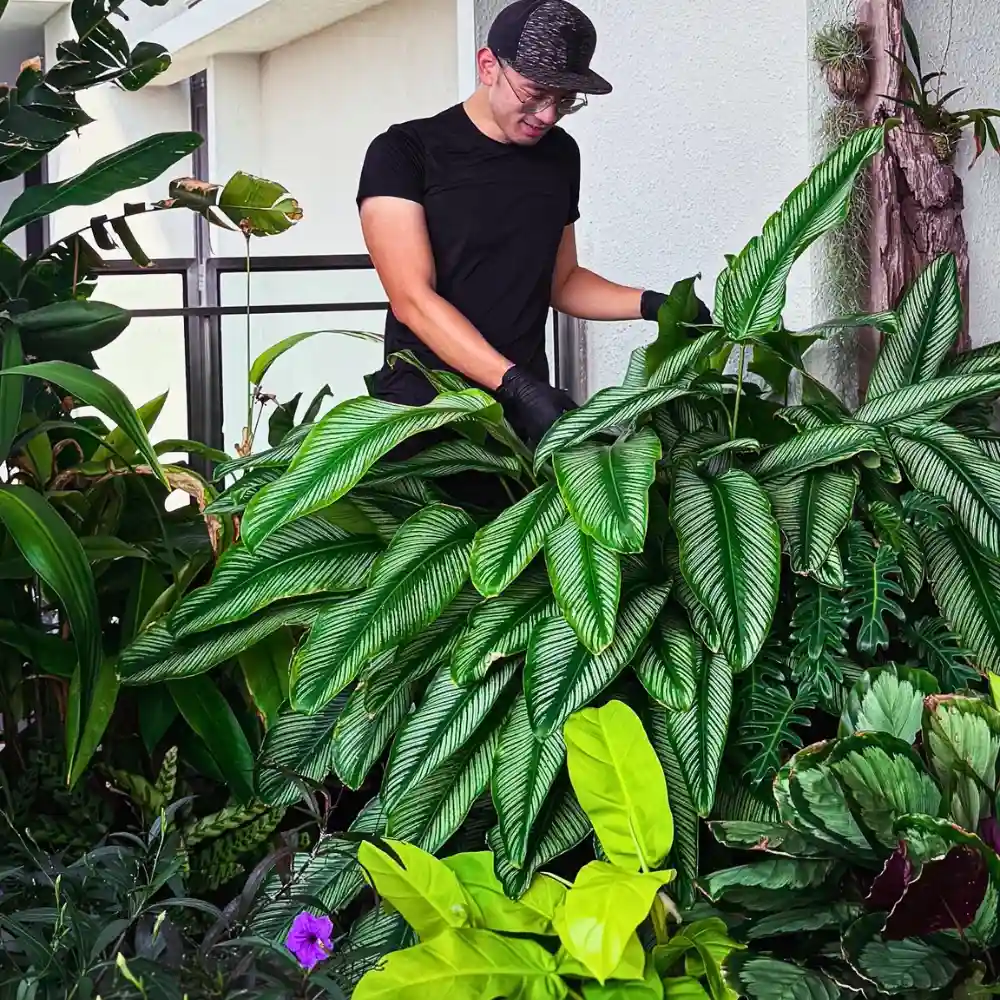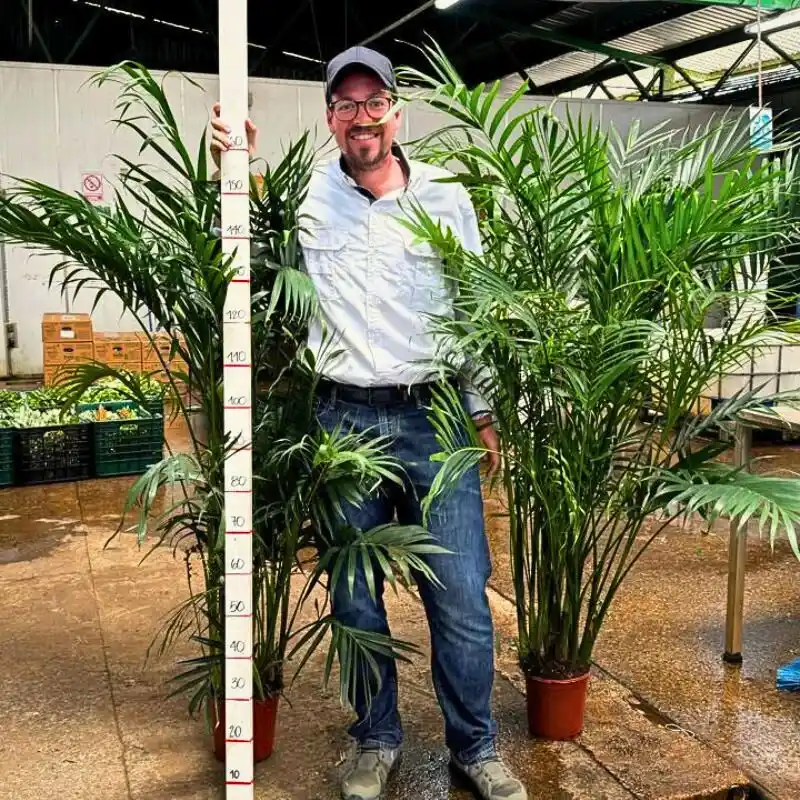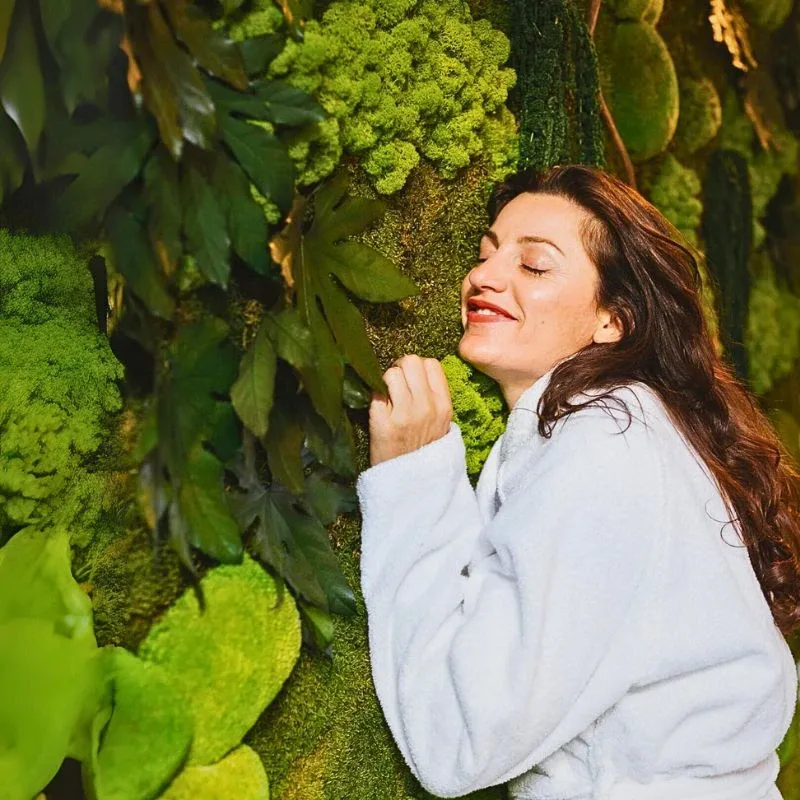In an era marked by rapid urbanization, the necessity to harmonize cityscapes with nature has never been more pressing.
As cities expand and the population grows, creating functional and sustainable urban environments becomes quite challenging. This is where adding natural elements to the environment comes in handy.
Needless to say, green spaces like parks, and urban forests can promise much-needed relief amidst the hustle and bustle of the city. Not only are they aesthetically pleasing; they enhance the overall environmental and social fabric of the urban landscape.
Not to mention their positive contribution towards the mental and physical wellbeing of city dwellers.
In this blog, we will unravel the best practices of integrating green spaces into urban construction

The Importance of Green Spaces in Urban Areas
Green spaces promise a handful of benefits, ranging from social to psychological. In urban areas, they are quite useful to maintain the ecological balance and overall quality of city life.
Environmental Benefits
More often than not, green spaces enhance urban biodiversity by offering habitat for many species. They circumvent the urban heat by cooling the air and reducing temperatures.
In addition, plants absorb carbon dioxide and release oxygen, hence improving air quality.
Social and Psychological Benefits
Recent medical research has revealed that access to green spaces is linked with improved mental health and wellbeing. Such spaces promise recreational opportunities while also encouraging physical activity.
Besides, green areas add to a sense of community among residents that nurtures social cohesion.
Economic Benefits
It is globally accepted that properties located near green spaces often exhibit higher values, as they attract tourists from around the world, boosting the local economy.

Integrating Green Spaces into Urban Construction
Green Roofs
These are roofs covered in vegetation that act as an insulator against sunlight. Additionally, they also help decrease stormwater runoff, and create habitats for wildlife.
Vertical Gardens
Also referred to as living walls, vertical gardens incorporate the practice of growing plants on exterior and interior walls of buildings. Consequently, it helps in the insulation of buildings, hence minimizing energy consumption and adding to their aesthetic appeal.
Urban Forests
As the name suggests, urban forests are networks of trees and vegetation in urban areas that provide shade and help bounce-off the heat from densely populated areas. Not to mention their positive role in biodiversity conversation.
Sustainable Landscaping
This involves growing native plants, and implementing eco-friendly practices. Sustainable landscaping lowers the need for chemical fertilizers and pesticides, and supports local wildlife.
Challenges and Considerations
While the benefits of integrating green spaces into urban construction are clear, there are several challenges and considerations to address.
Expenditure
Implementing green infrastructure can be expensive, particularly in densely populated urban areas where land is at a premium. The initial costs of installing these spaces are often high, however, the investment pays off in the long run.
Maintenance
Green spaces require regular maintenance to ensure their health and functionality. This encompasses watering, pruning, and managing pests.
Design and Planning
Integrating green spaces into urban settings demands careful planning and design. Municipal authorities must consider aspects like climate, and soil conditions before proceeding. Also, keeping an eye on the needs of the local community is equally important.
Regulations and Policy-making
Effective integration of green infrastructure is only possible through supportive regulations and policies. Here, governments play a pivotal role in marketing such campaigns via incentives and environmental regulations.

The Role of Certification and Education
With the rising demand for sustainable urban development, especially in the United States, the need for credible professionals knowledgeable about the integration of green spaces in urban settings also increases. This is where obtaining a contractor’s license and formal credentials becomes invaluable.
Luckily, in Florida, obtaining or renewing contractor licenses becomes a tad easier. With RocketCert offering preparatory lessons and specialized training programs for contractors, one can enhance their expertise and earn contractor’s license with confidence.
Remember, these programs ensure that the construction teams are equipped with the required expertise to effectively incorporate green spaces into their projects.
The Future of Urban Green Spaces
Technological Innovations
Technological advancements are revolutionizing the way green spaces are incorporated into urban settings. For instance, innovative solutions like smart irrigation systems, and modern soil sensors enhance the effectiveness of urban green spaces ten fold.
Similarly, smart irrigation systems utilize real-time data to optimize water usage for plants and other vegetation to keep them healthy without wasting any resources.
Resilience to Climate Change
Green spaces are key to developing urban resilience against global climate change. They serve as natural buffers in the face of extreme weather events, such as heatwaves and floods.
Conclusion
Green spaces are a fundamental aspect of urban living that breathe new life into the concrete infrastructure of city dwellings. From improved air quality to reduced heat and enhanced community wellbeing, they create a positive influence on the overall environment.
Don't forget to play your part in encouraging the incorporation of green infrastructure in urban areas to ensure a better living for future generations.









